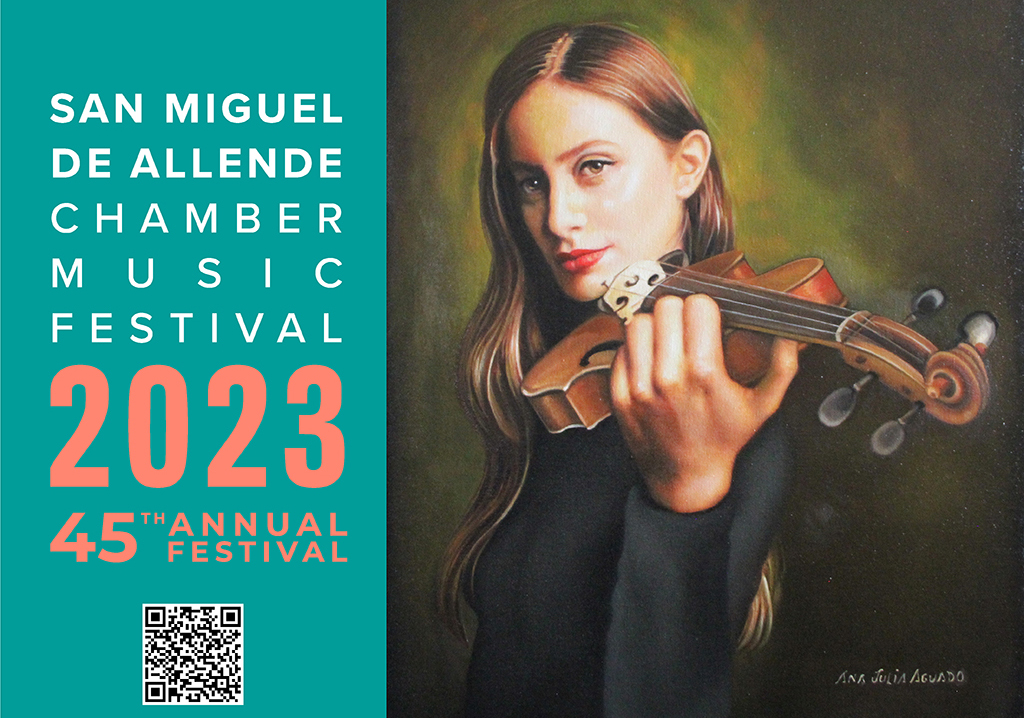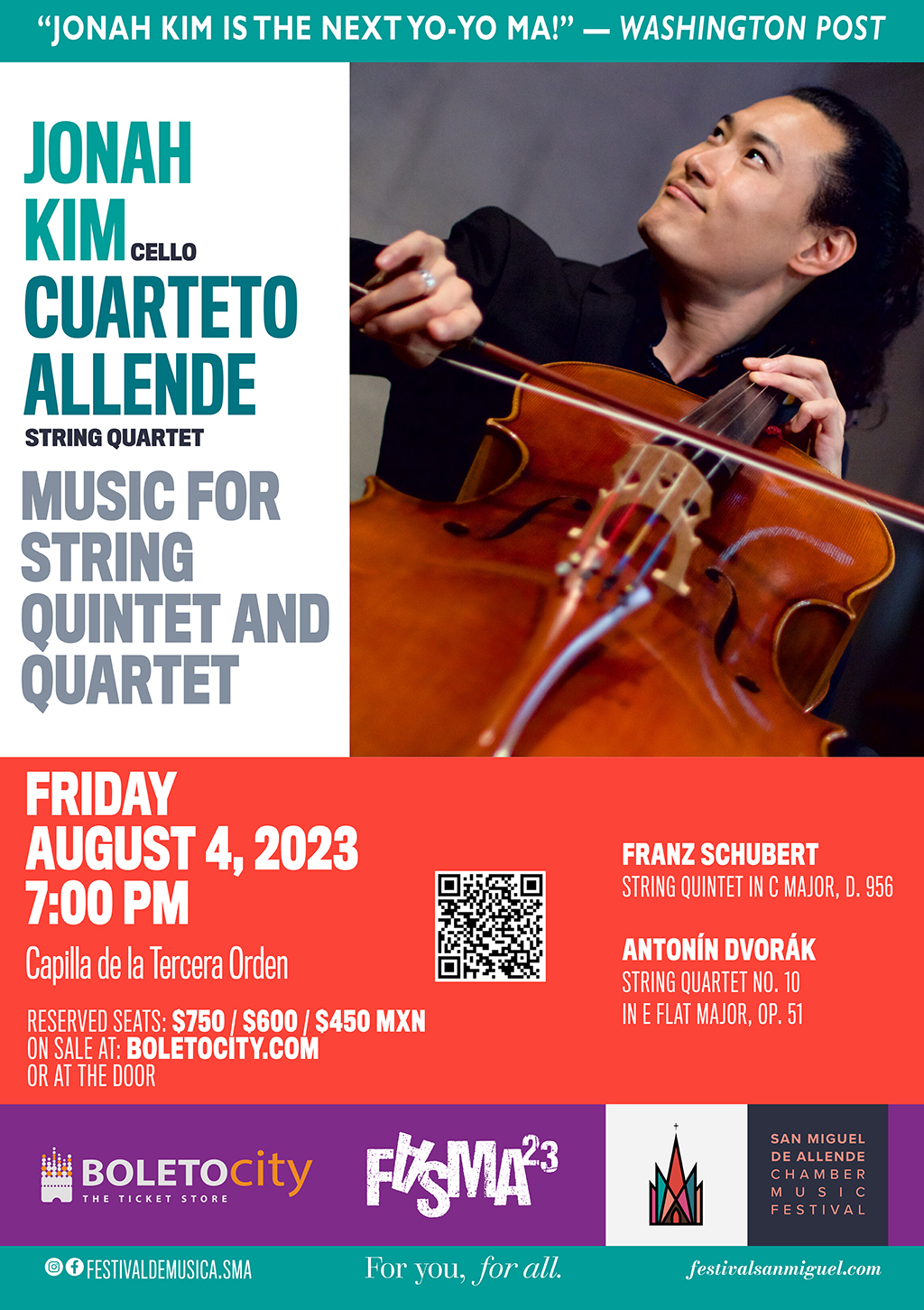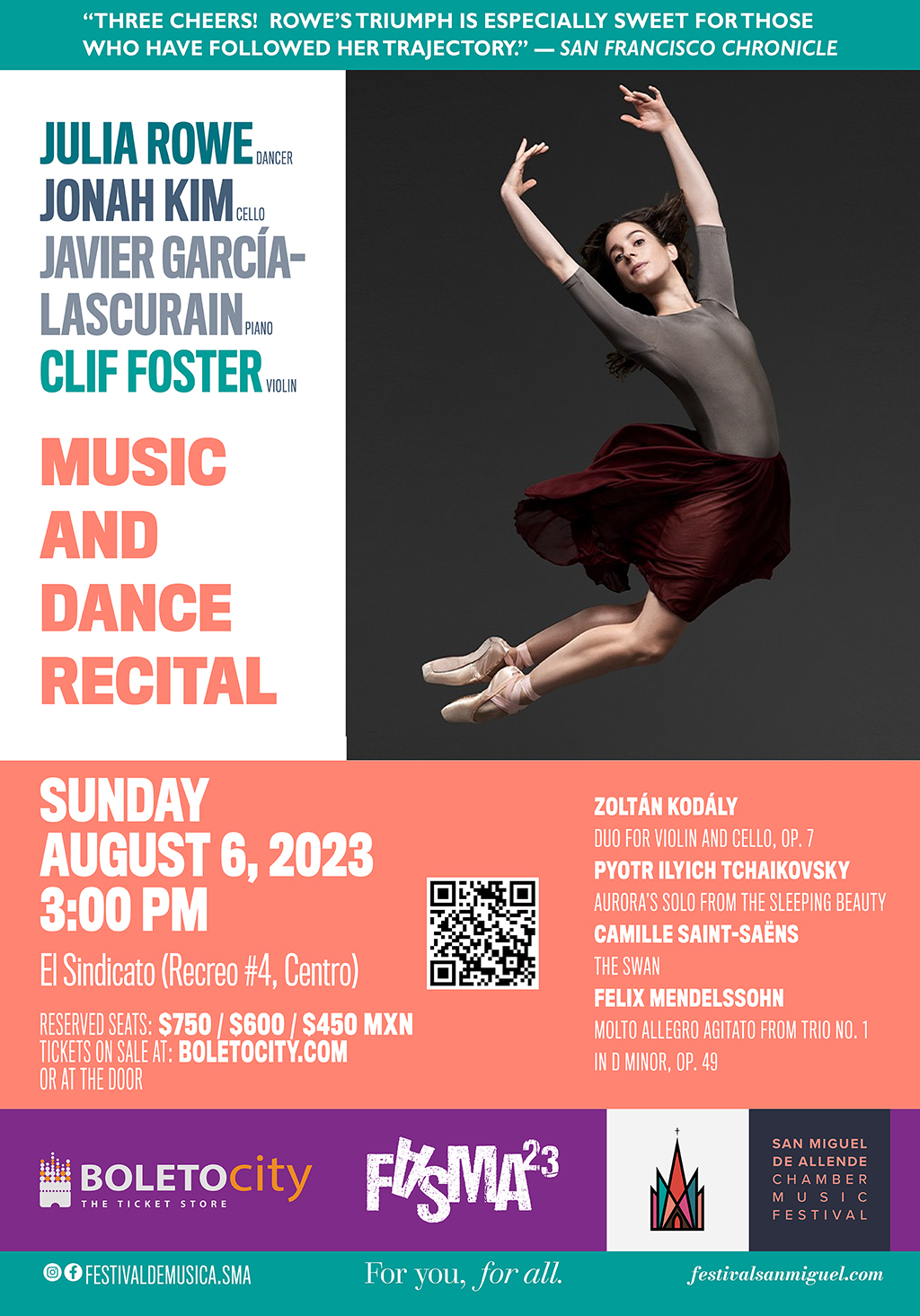
August 6, 2023
by Fredric Dannen

How is it possible that Franz Schubert's sublime String Quintet in C Major, long recognized as one of greatest chamber works ever composed – some would tell you the greatest – lay neglected for a quarter century before it was finally performed and published? In our own time, music lovers tend to gush like worshippers when they speak of it; pianist Arthur Rubinstein called the Adagio second movement of the quintet "the entrance to Heaven" and requested it be played for him on his deathbed.
Then again, so much about Schubert seems impossible. When he succumbed to syphilis and died in 1828, he was thirty-one years old, yet in his brief lifetime he had managed to compose nearly a thousand works, of which more than half were lieder, or art songs. He was arguably the greatest songwriter the world has ever known. His music publisher, Heinrich Albert Probst, mainly thought of him as a songsmith and composer for the piano, and greeted the quintet with ignorant indifference. When Schubert wrote the string quintet he had only two months to live.
While the string quintets of Mozart and Beethoven were traditional quartets with an additional viola, Schubert took the unusual step of instead writing his quintet with an extra cello. The result is work of symphonic weight, not to mention length (the running time is nearly an hour). The melodic genius that made Schubert a preeminent songwriter is in evidence here; the second theme, introduced at about the two-minute mark as a duet between the two cellos, is a melody of sublime beauty.
When string quartet ensembles perform the work, it is customary to invite a star soloist as the fifth player. For the 2023 San Miguel Chamber Music Festival, the Cuarteto Allende has invited Jonah Kim, considered one of the finest cellists of his generation, called "the next Yo-Yo Ma" by the Washington Post and "Pablo Casals reincarnated" by the Korean International Arts Review.
Schubert's String Quintet in C Major will be presented on Friday, August 4, at 7pm, along with Antonín Dvorák's String Quartet No. 10 in E Flat Major, Op. 51.
***

To many of us, the Ludwig van Beethoven (1770 – 1827) of our imagination is the formidable figure in the iconic painting by Joseph Karl Stieler – a lion of a man, with fierce eyes, scowling mouth, and furrowed brow. Looking at the portrait, one can practically hear the thunderous chords of the "Eroica" Symphony. It is therefore useful to remember that Beethoven also had a lighter side. He enjoyed a good joke, and wrote plenty of humorous music – to wit, his boisterous rondo called "Rage Over a Lost Penny."
Beethoven must have been in a playful mood in 1809 when he penned his Cello Sonata No. 3 in A Major, Op. 69, a lighthearted composition for cello and piano that remains one of his most popular chamber works. He was himself a pianist, and his two earlier cello sonatas were virtuoso concert pieces for piano with the cello in a supporting role. This time around, the instruments have equal weight. The sonata was written as French troops were amassing for the Siege of Vienna, and Beethoven's purported inscription on the lost manuscript, "Inter lacrimas et luctum" (amid tears and grief), has no bearing on the music, which plunges headlong, without a slow movement, to a merry conclusion.
The sonata is a concert favorite of cello soloist Jonah Kim. He performs it with pianist Javier García-Lascurain, who wowed local audiences last year with his performance of the Grieg Piano Concerto in A minor.
Beethoven's Cello Sonata No. 3 in A Major will be presented on Saturday, August 5, at 7pm, along with Dmitri Shostakovich's Sonata for Cello and Piano in D minor and Sheridan Seyfried's Dancing in the Eye of the Storm, composed specifically for cellist Kim.
***

The Duo for Violin and Cello by Hungarian composer Zoltan Kodály (1882 – 1967) is a nationalistic work inspired by folk music. For Kodály, who was not only a composer and educator, but an ethnomusicologist, folksongs were a passion. Beginning in 1905, Kodály traveled the countrysides of Hungary, Slovakia, and Romania, to collect and preserve Magyar melodies, and with the help of his compatriot Béla Bartók, was said to have catalogued some twenty-eight thousand items. Kodály wrote his string duo in 1914, shortly after completing one of his musical field trips, and it represents the union of Western tradition – the first movement is in classic sonata form – with Magyar peasant music. A cellist himself, Kodály writes virtuosically for both string instruments, and uses all manner of effects, including mysterious tremolos. Appraising his colleague's body of work, Bartók summed up the Duo perfectly. "Kodály's compositions," he said, "are characterized by rich melodic invention, a perfect sense of form, and a predilection for melancholy and uncertainty."
The Duo is performed by cellist Jonah Kim and violinist Clif Foster, a noted soloist and an in-demand session musician whose credits include having been Yanni's concertmaster. It is the opening work in a special matinee concert combining chamber music with two ballet solos, accompanied by Kim on cello and Javier García-Lascurain on piano. The dancer is San Francisco Ballet soloist Julia Rowe, lauded by the San Francisco Chronicle as "crisp and buoyant," a dancer whose "triumph is especially sweet for those who have followed her trajectory."
Kodály's Duo for Violin and Cello will be presented on Sunday, August 6, at 3pm, along with "Aurora's Solo" from The Sleeping Beauty by Pyotr Ilyich Tchaikovsky, Camille Saint-Saëns' The Swan, and the Molto Allegro agitato from Felix Mendelssohn's Piano Trio No. 1 in D minor.
***

It is axiomatic that judges of classical music competitions are almost invariably wrong. The Yugoslav-born pianist Ivo Pogorelich never made it to the finals of the 1980 Chopin Competition in Warsaw, but went on to international fame as one of the great pianists of the 20th century.
Another persistent competition loser was Maurice Ravel (1875 – 1937), whose only string quartet, the String Quartet in F Major, written at age 28, was summarily dismissed by the judges of the Grand Prix de Rome competition. Still a student at the Paris Conservatoire, Ravel entered the first movement in the school's annual competition contest; the panel of judges not only rejected the work, but expelled Ravel from the conservatory. In fairness to the judges, even the piece's dedicatee, French composer Gabriel Fauré, did not care for it. The contrary verdict was delivered by Ravel's contemporary Claude Debussy, who effused, "Do not change a note!"
Debussy's assessment won out. The Ravel quartet has long since become a staple of chamber music festivals, and most audiences find it irresistible – from the tuneful serenade of the first movement; to the gamelan-like pizzicato of the Assez vif (rather fast) second movement; to the moody third movement, with its trills, tremolos and passages played "sur la touche" (on the fingerboards); to the brilliant finale.
The performing ensemble, the Bellas Artes Quartet, beat out fifteen other ensembles to win the INBA Competition, joining a "select number of concert artists" to tour internationally on behalf of Mexico, in the words of The Strad.
Ravel's String Quartet in F Major will be presented on Sunday, August 20, at 3pm, along with Joaquín Turina's La oración del torero and Dmitri Shostakovich's String Quartet No. 6 in G Major.
***

Felix Mendelssohn (1809 – 1847) had three notable things in common with Mozart. One is that he was an astonishing prodigy. Another is that he did not live to be forty. The third is that, like Mozart, he had an older sister with great musical talent. While there is little evidence to suggest that Mozart, as an adult, saw much of his sister Nannerl, Felix throughout his life doted on his sister Fanny, a composer and pianist who, at age thirteen, could play all of Bach's Well-Tempered Clavier from memory. In May 1847, on learning that Fanny, not yet 42, had died of complications from a stroke, Felix collapsed in a faint. Less than six months later, he was dead as well, from the same cause.
In those final six months, Mendelssohn had one last major work left in him – the String Quartet No. 6 in F minor, dedicated to his sister's memory (it bore the title "Requiem for Fanny"). Mendelssohn, who described his mood after Fanny's death as "gray on gray," had gone to Switzerland looking for quiet and solace, and spent much of his time painting watercolors. It was there that he composed the F minor quartet. Like all of Mendelssohn's quartets, it has four movements, but apart from that, the F minor is an outlier – more profound, and profoundly sad, than virtually any of the composer's previous work. When Mendelssohn wrote a scherzo in triple meter – as in his music for A Midsummer Night's Dream – it usually sparkled with elfin mischief. The triple meter scherzo in the F minor quartet, by contrast, is a study in agitation. Mendelssohn has often been criticized for suppressing his romantic leanings with classical restraint. This, his final great work, may be the most passionate piece of music he ever wrote.
Again, the performing ensemble is the Bellas Artes Quartet.
Mendelssohn's String Quartet No. 6 in F minor will be presented on Sunday, August 20, at 7pm, along with Ludwig van Beethoven's String Quartet No. 9 in C Major.
Tickets -
Boleto City
**************

Fredric Dannen is a journalist and author with a specialty in criminal justice. He has been a staff writer for the New Yorker and Vanity Fair.
In 1990, Hit Men, his book about the American music industry and the influence of organized crime, spent a month on the New York Times bestseller list. The book is #2 on Billboard's list of 100 Greatest Music Books of All Time. One of his Vanity Fair articles prompted the Sixth Circuit Court of Appeals to rebuke the U.S. Justice Dept. for fraudulently withholding exculpatory evidence in the case of Cleveland auto worker John Demjanjuk, who was extradited, wrongly convicted, and sentenced to hang in Israel as the Nazi war-criminal “Ivan the Terrible.” He secured the only interview given by Los Angeles police chief Daryl Gates on the heels of the infamous Rodney King beating, and the only interview ever given by crime boss Lorenzo Nichols, the crack kingpin of New York City.
While conducting research for a forthcoming book, Dannen uncovered lost evidence in the case of Calvin Washington, a Texan wrongly convicted of homicide. As the direct result of Dannen’s efforts, Calvin Washington won a full pardon for innocence, the first ever granted by Texas governor Rick Perry under the state’s DNA statute.
**************
*****
Please contribute to Lokkal,
SMA's online collective:
 ***
***
Discover Lokkal:
Watch the two-minute video below.
Then, just below that, scroll down SMA's Community Wall.
Mission

Visit SMA's Social Network
Contact / Contactar

